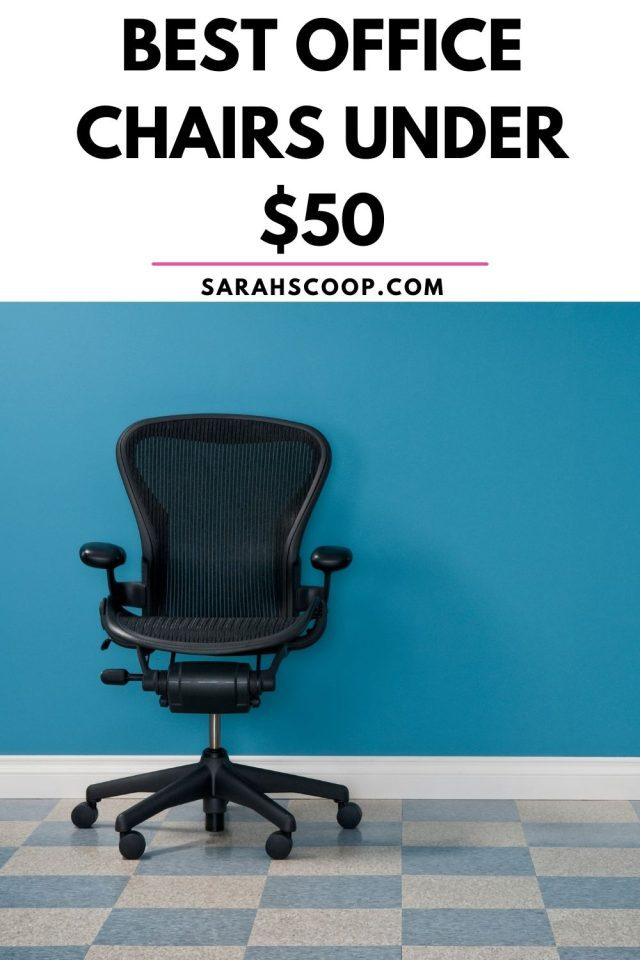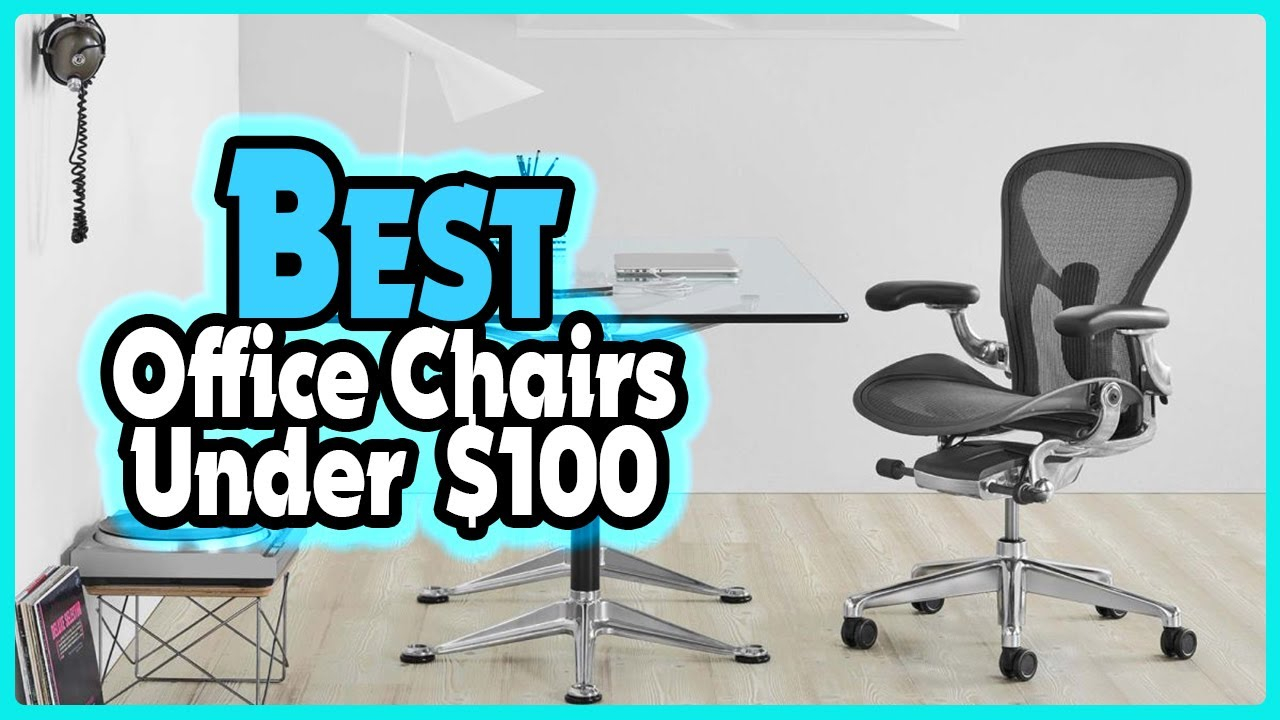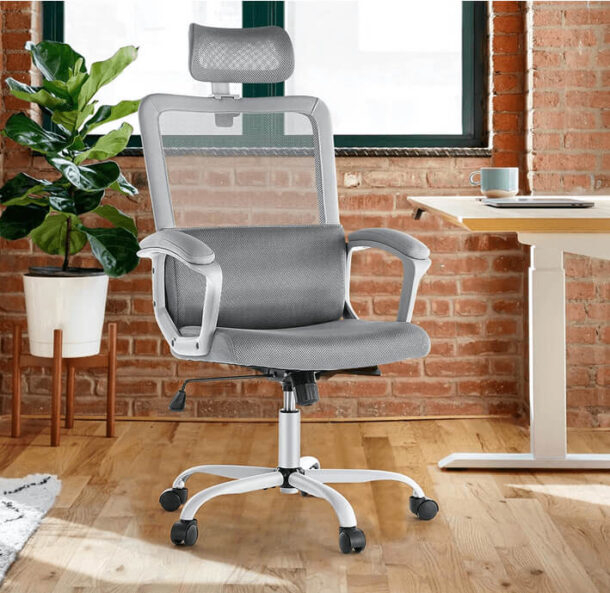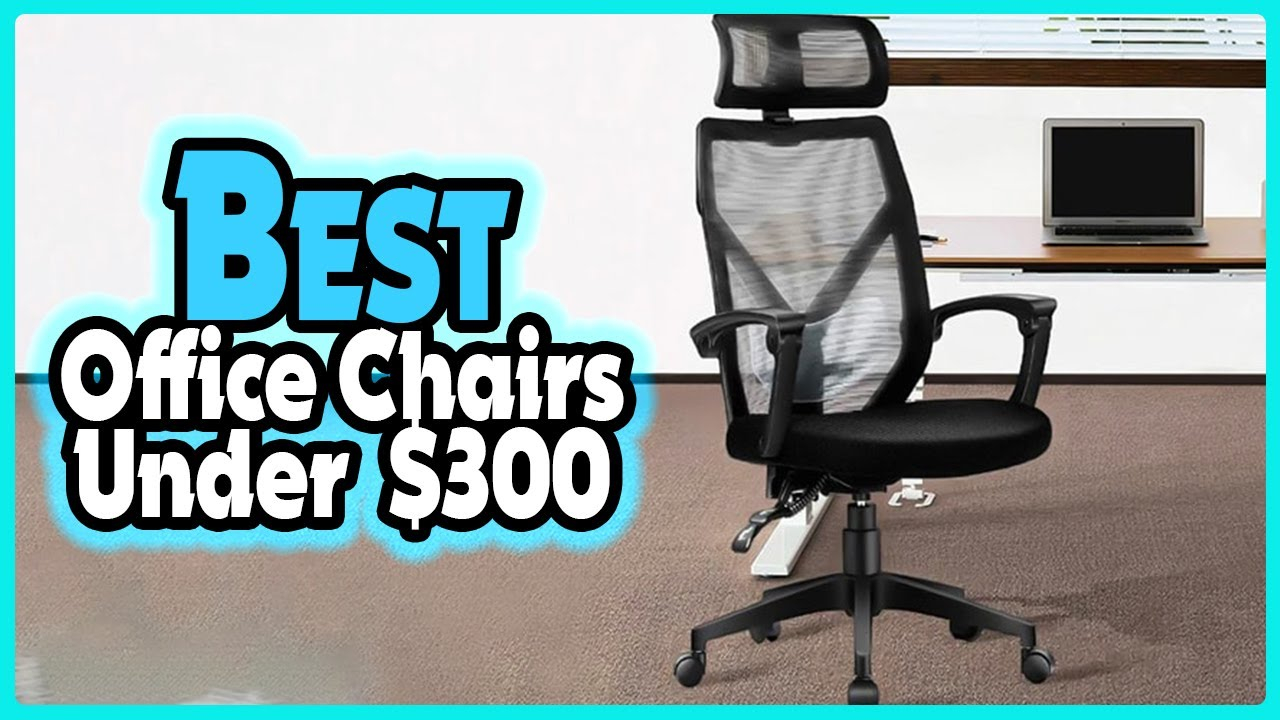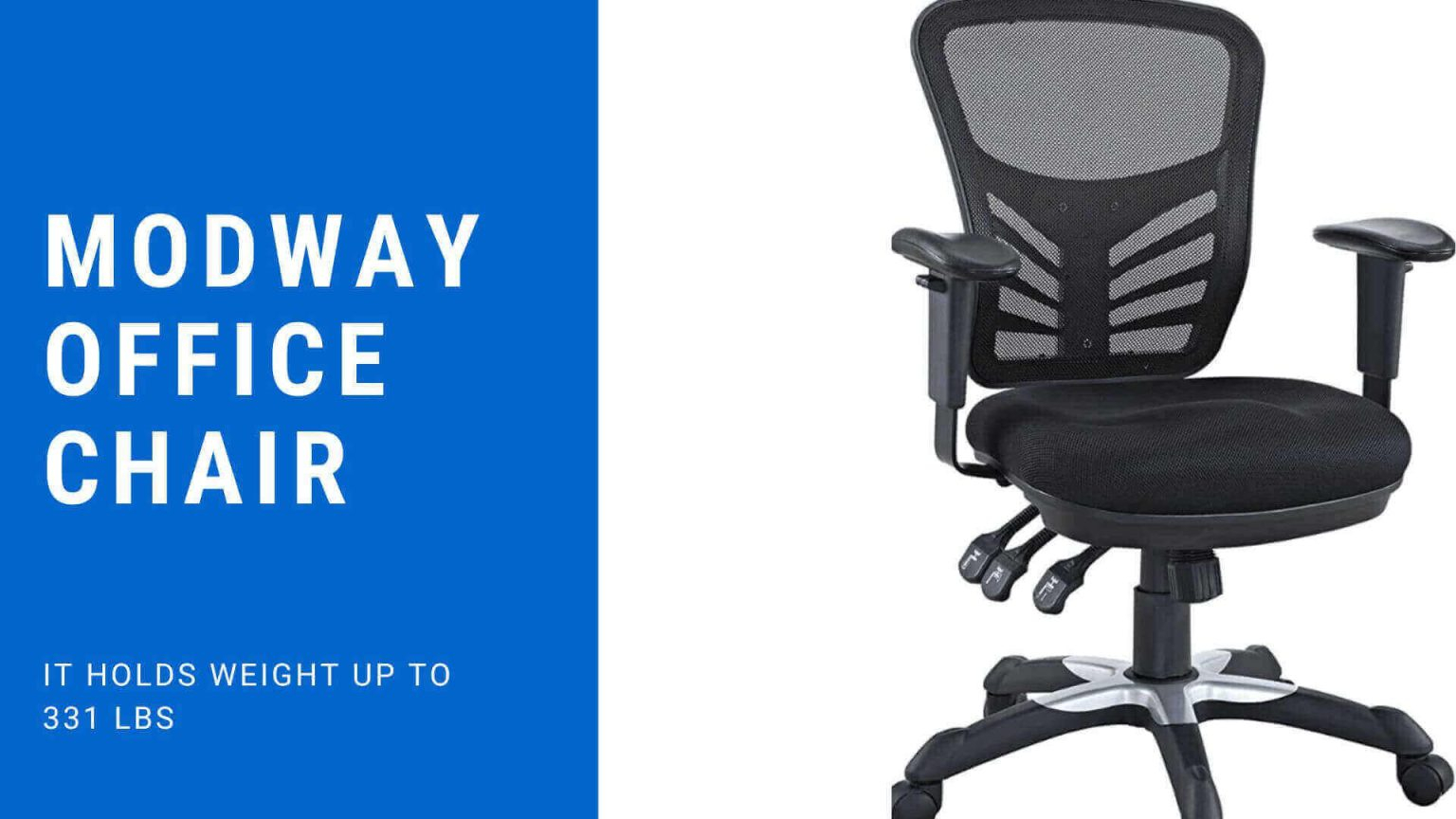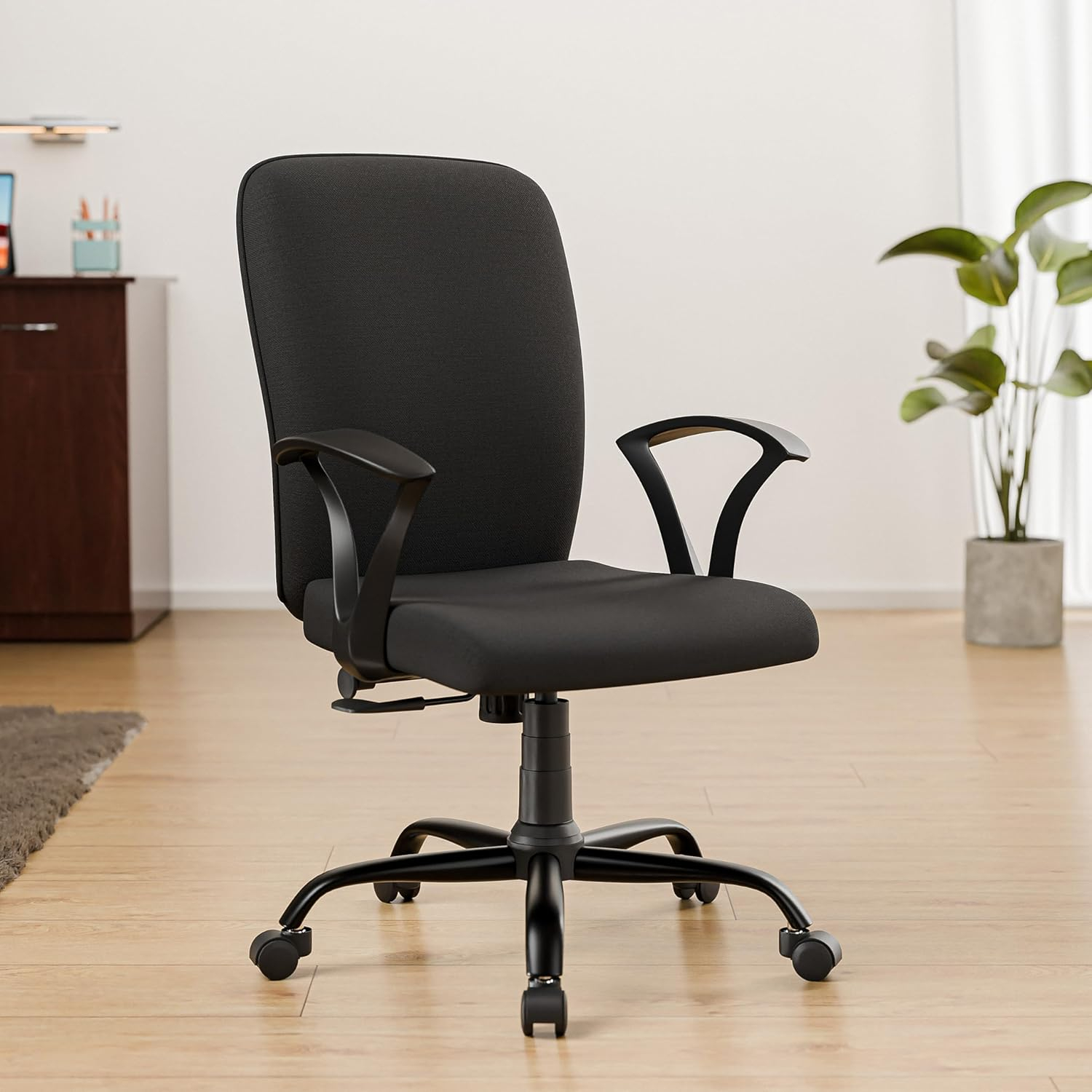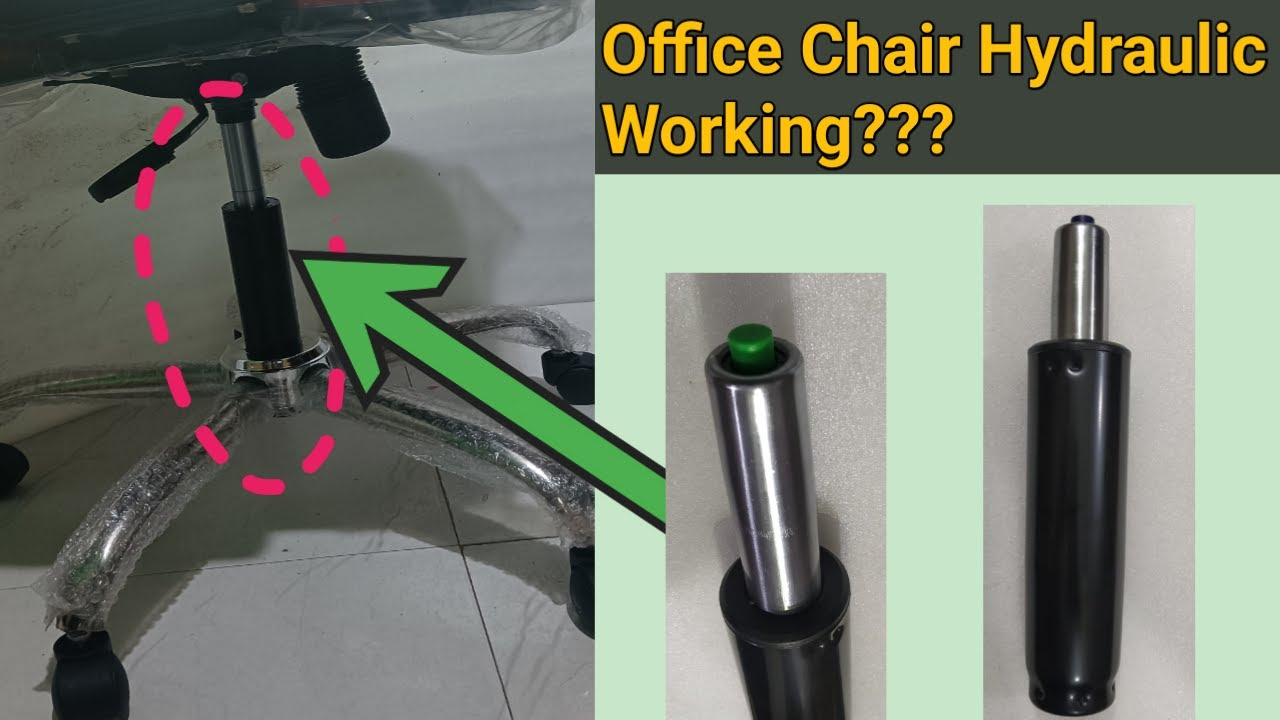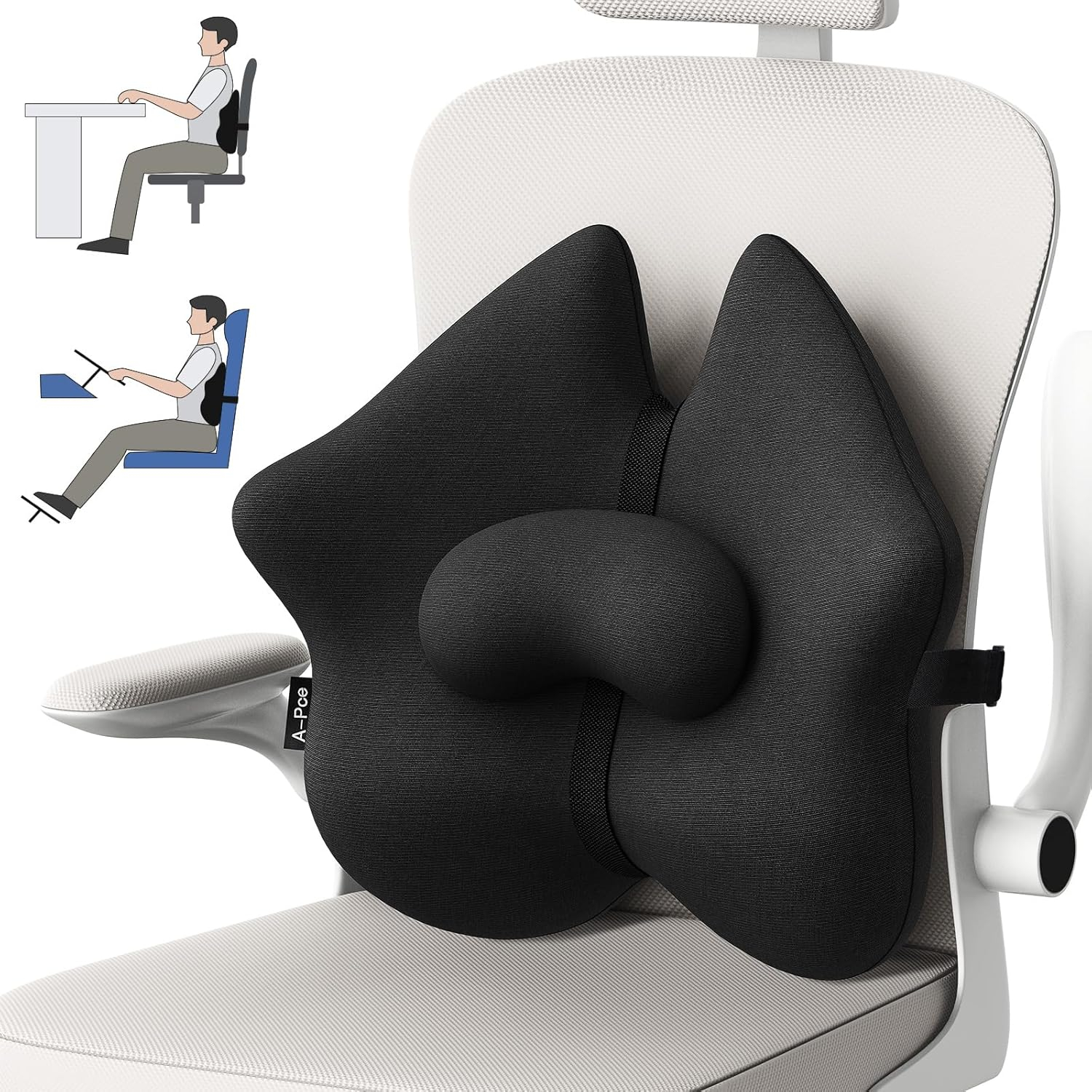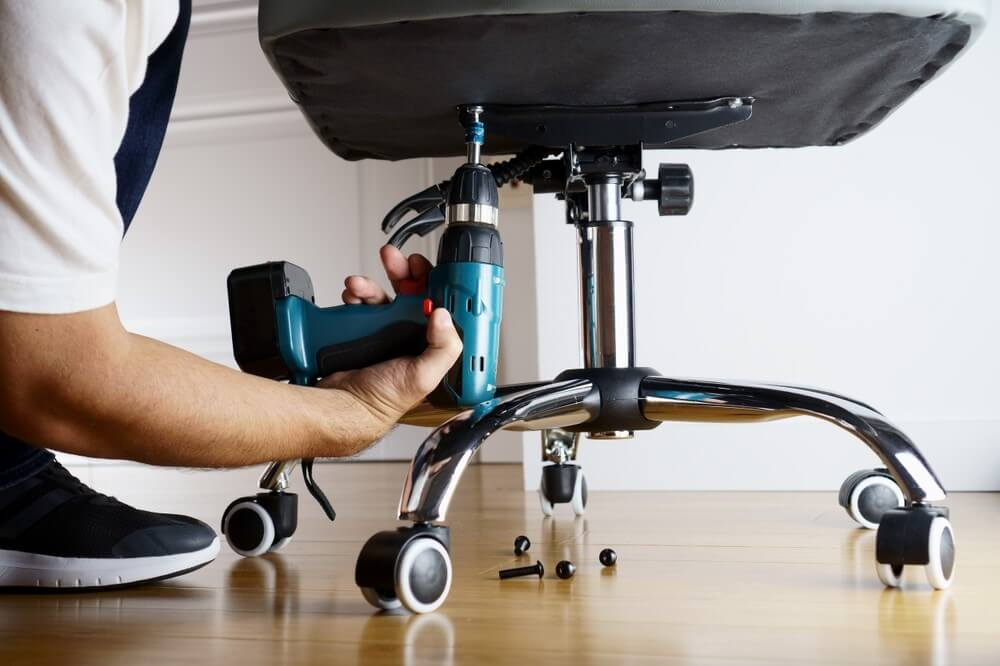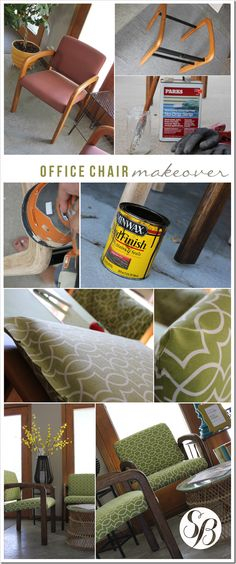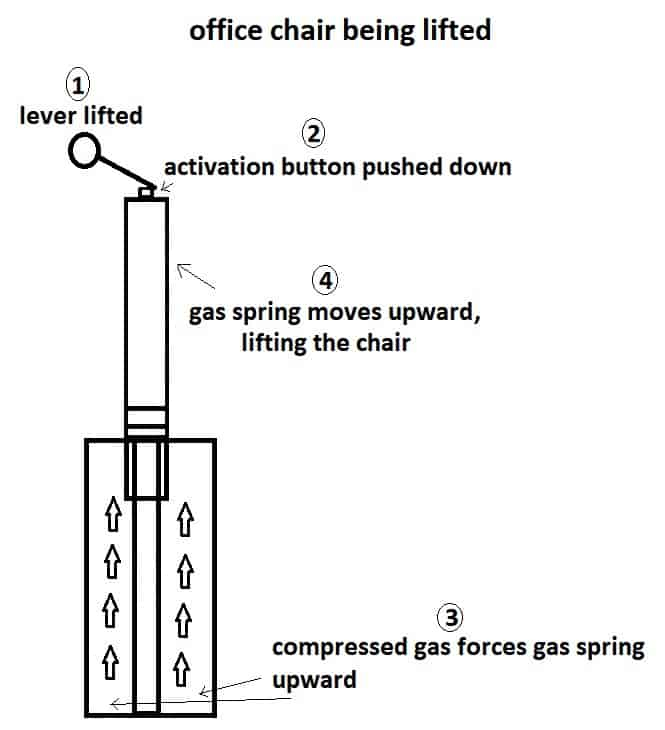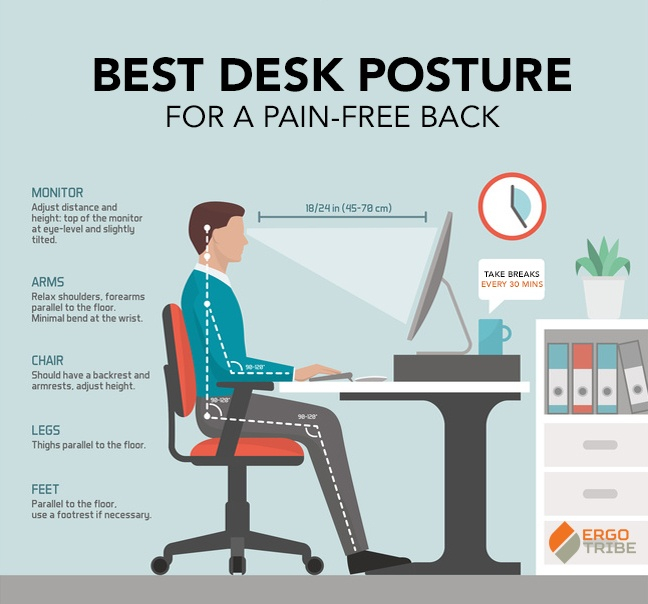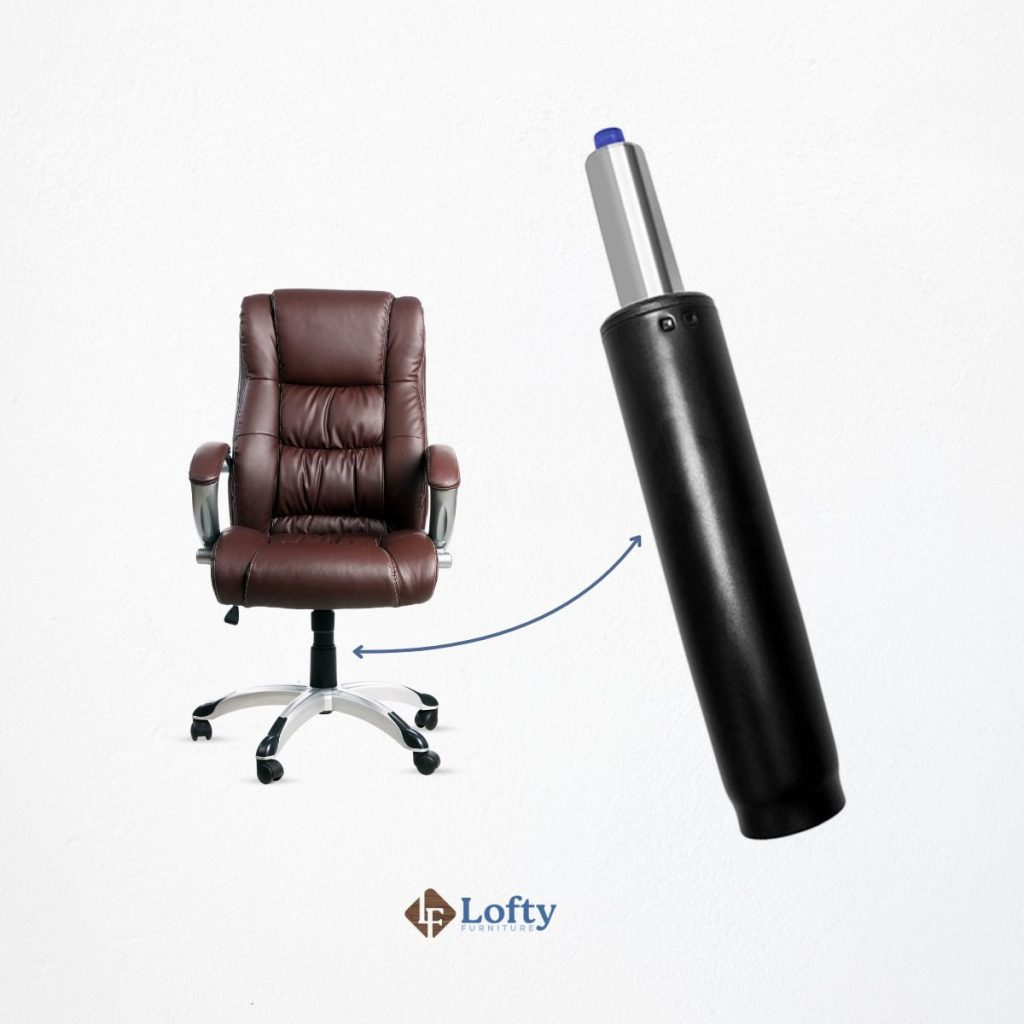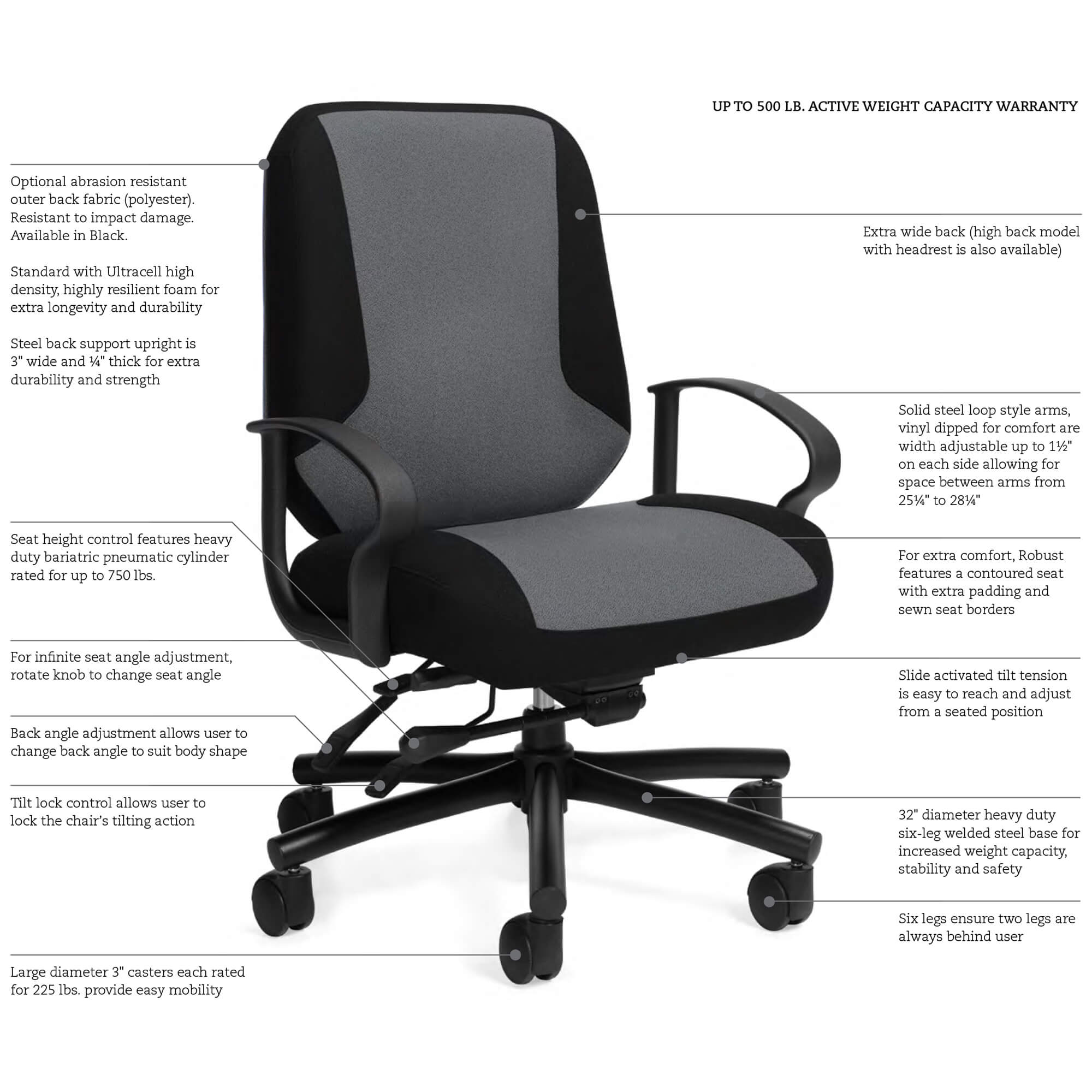We’ve all been there. Staring at a computer screen for hours, feeling that familiar ache creep into your lower back. Often, the culprit isn’t just the long hours, but the very seat you’re perched on. Cheap office chairs might seem like a smart way to save a buck, but what are you really sacrificing? Let’s dive in and uncover the often-overlooked costs of skimping on your office seating.
Office chairs. They’re a staple in almost every workspace, from bustling corporate offices to the humble home setup. When it comes to furnishing your workspace, the price tag on office chairs can vary wildly. It’s tempting, isn’t it? To grab that super affordable chair and tick ‘office furniture’ off your list. But here’s a question to ponder: if a chair is significantly cheaper than its counterparts, what compromises have been made? It’s not just about aesthetics; it’s about ergonomics, durability, and ultimately, your well-being. This article aims to shed light on the less-than-glamorous realities of cheap office chairs and why a little extra investment upfront can save you a lot down the road.
The Illusion of Comfort: Short-Term vs. Long-Term
At first glance, a cheap office chair might feel perfectly adequate. The cushioning seems soft, and it holds your weight. But this initial comfort is often superficial and short-lived. Manufacturers of budget chairs typically use lower-density foam that quickly flattens and loses its support. This means that ‘okay’ feeling you had on day one can degrade into genuine discomfort and even pain within months. Think about it: you spend more time in your office chair than almost anything else during your waking hours. A chair that fails to provide consistent support is a recipe for backaches, neck strain, and general fatigue. It’s like buying a pair of shoes that feel good for a mile but start pinching after three; the initial savings quickly become irrelevant when faced with persistent discomfort.
Ergonomic Nightmares: The Hidden Health Hazards
This is where the real danger lies. Cheap office chairs often lack crucial ergonomic features that are designed to support your body’s natural posture. Adjustable lumbar support? Forget about it. Height-adjustable armrests that actually support your forearms? Unlikely. A seat pan that can be adjusted for depth to accommodate different leg lengths? Probably not. Without these features, your body is forced into unnatural positions. This can lead to a cascade of problems: poor circulation in your legs, pressure points that cause numbness, and a misaligned spine. Over time, these issues can contribute to chronic pain conditions like sciatica or carpal tunnel syndrome. It’s a silent drain on your health, and the initial cost saving becomes a pittance compared to potential medical expenses and lost productivity.
Durability Disasters: Built to Break
Let’s talk about build quality. Cheap chairs are typically constructed with lower-grade materials. The plastic components might be brittle, the metal frame less robust, and the upholstery prone to tearing or fraying. This means that the chair you bought for a bargain might not even last a year. The gas lift that adjusts the height might start sinking unexpectedly, the casters could break off, or the entire structure might feel wobbly and unstable. Constantly replacing a chair that breaks isn’t economical; it’s frustrating and wasteful. It’s like buying a cheap tool that breaks on the first use – the initial saving is negated by the need for an immediate replacement, and often a higher quality one at that.
The Productivity Paradox: Less Comfort, Less Output
It might seem obvious, but it bears repeating: an uncomfortable person is not a productive person. When you’re constantly shifting in your seat, trying to find a comfortable position, or battling a nagging backache, your focus is inevitably diverted from your work. This distraction leads to decreased concentration, slower task completion, and a general dip in overall output. Furthermore, the physical discomfort can lead to increased absenteeism due to pain-related issues. So, while a cheap chair might seem like a cost-saving measure, it can actually cost your business or your personal productivity dearly in the long run.
Environmental Impact: A Disposable Dilemma
Consider the lifecycle of a cheap office chair. Because they are often poorly made and lack durability, they tend to end up in landfills much sooner than well-constructed chairs. This contributes to a ‘throwaway’ culture that has significant environmental consequences. The resources used to manufacture these chairs, and the energy expended in their disposal, create a larger carbon footprint. Investing in a high-quality, durable chair, even if it costs more initially, is a more sustainable choice. It’s a purchase that lasts, reducing waste and the demand for constant manufacturing.
Making a Smarter Investment: Prioritizing Your Well-being
So, what’s the alternative to the cheap chair trap? It’s about shifting your perspective from immediate cost to long-term value. When choosing an office chair, look for:
- Adjustability: Lumbar support, armrest height and angle, seat depth, and tilt tension are all vital.
- Supportive Materials: High-density foam and sturdy, well-constructed frames make a difference.
- Ergonomic Design: Features that promote good posture and reduce strain.
- Reputable Brands: Brands that specialize in ergonomic seating often have a better understanding of what your body needs.
Don’t be afraid to try chairs out if possible. Read reviews, and consider purchasing from retailers with good return policies. Think of a good office chair not as an expense, but as an investment in your health, comfort, and productivity. It’s a tool that helps you perform at your best, day in and day out.
In the end, the allure of a cheap office chair is a short-sighted one. While the initial savings might seem appealing, the long-term costs – in terms of physical discomfort, potential health issues, reduced productivity, and environmental waste – far outweigh the initial bargain. By understanding the downsides and prioritizing ergonomic features and build quality, you can make a much smarter investment. Your body will thank you for it, and your work will likely benefit too. Don’t let a cheap chair compromise your comfort and well-being; choose wisely and sit well.

